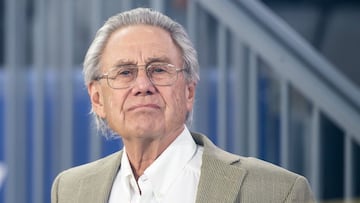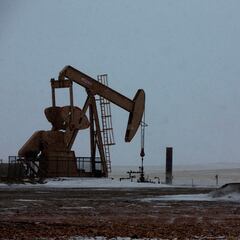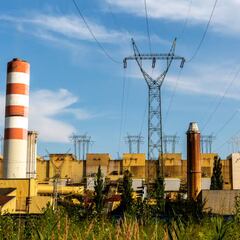What is Phil Anschutz’s net worth and what are his plans for the biggest wind farm in the United States?
The Kansas-born billionaire is looking to expand US reliance on renewable energies through the private sector using money amassed from his oil empire.


Phil Anschutz is one of America’s richest men. According to the Forbes 400 rich list from November 2021, Anschutz has a net worth of $10.1 billion. The majority of this money was made through oil drilling in Wyoming after he bought out his father’s company in 1961.
In an about turn, Anschutz is also fan of renewable energy. His support for his windfarm does not come from any belief about the environment but rather a big economic opportunity. With states beginning to introduce big cuts to carbon emissions in the years to come, Anschutz identified a new revenue stream outside of his oil empire.
"In southern Wyoming, billionaire Phil Anschutz is preparing to build the nation’s largest wind farm. After nearly 15 years of planning, crews are constructing gravel roads. Pads are being cleared for roughly 600 turbines." https://t.co/EtaD2VyGHy
— Hart W. Van Denburg (@hartoutwest) August 24, 2022
What are his wind farm plans?
Anschutz’s plan is to build up to 1,000 wind turbines on his land in Carbon County, Wyoming. Named the Chokecherry and Sierra Madre wind power complex, its completion would herald the largest windfarm in the US and one of the largest in the world. It was due to be finished in 2025 but with delays from the covid-19 pandemic the timetable has been moved back to 2026.
After a decade of permit applications and licensing problems, building work has been under way since 2020. It will cost nearly $8 billion to build the entire project consisting of the turbines on his personal ranch in Wyoming as well as the transmission lines to take the produced power to California. Anschutz has stumped up the first $400 million himself.
Billionaire Phil Anschutz is also getting ready to construct a 732-mile power line across Wyoming, Utah, Colorado and Nevada, to ship electricity to California.
— Los Angeles Times (@latimes) August 23, 2022
But almost anywhere you try to build renewable energy in the West, you’ll face opposition. https://t.co/YMSAPA4ink pic.twitter.com/dC3p1wHmUY
Some of the toughest logistical problems are the poor interconnectivity of the area in the American east. States of huge size do not have enough capacity to trasmit electricity and what cables in place are ageing.
Related stories
“These big interregional connections across the whole grid system have not been built in decades,” said Kara Choquette, communications director for TransWest Express, the name of Anschutz company that is building the project.
Furthermore, questions remain about the environmental impact of the huge structures. This concern has been allayed by the building of the towers near to existing artificial structures such as road and rail whcih got the project the go-ahead by the Bureau of Land Management and all the local natural resource departments.

